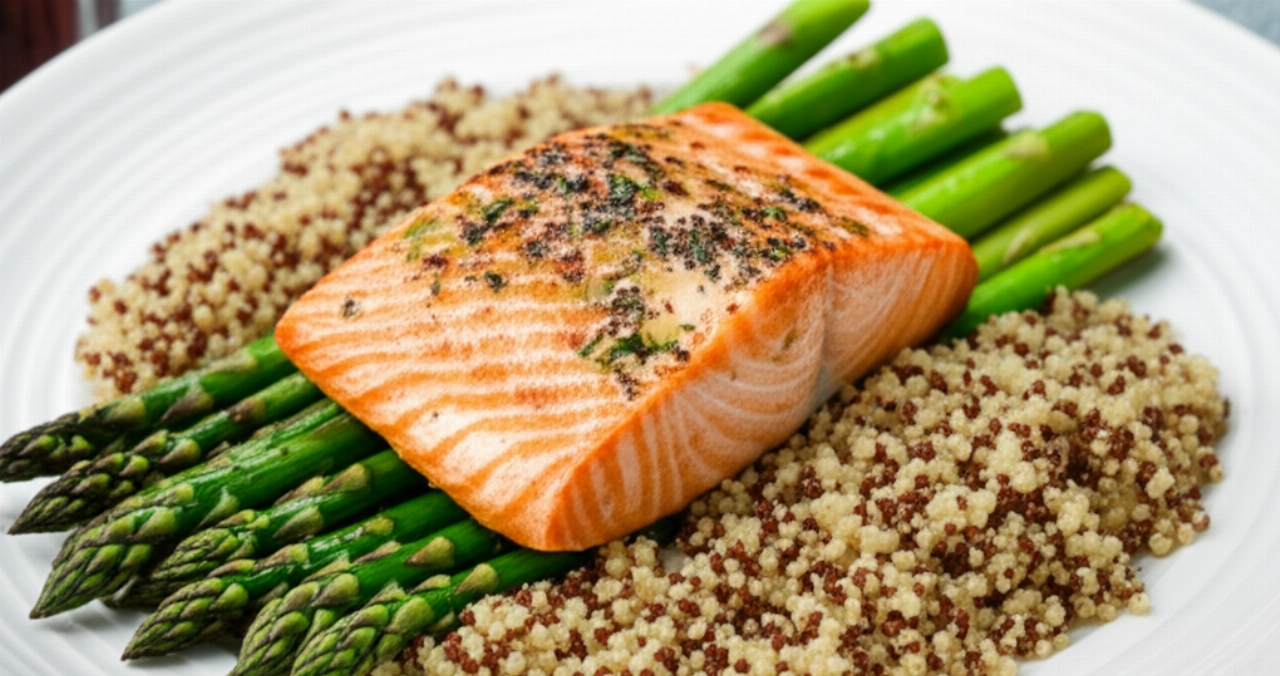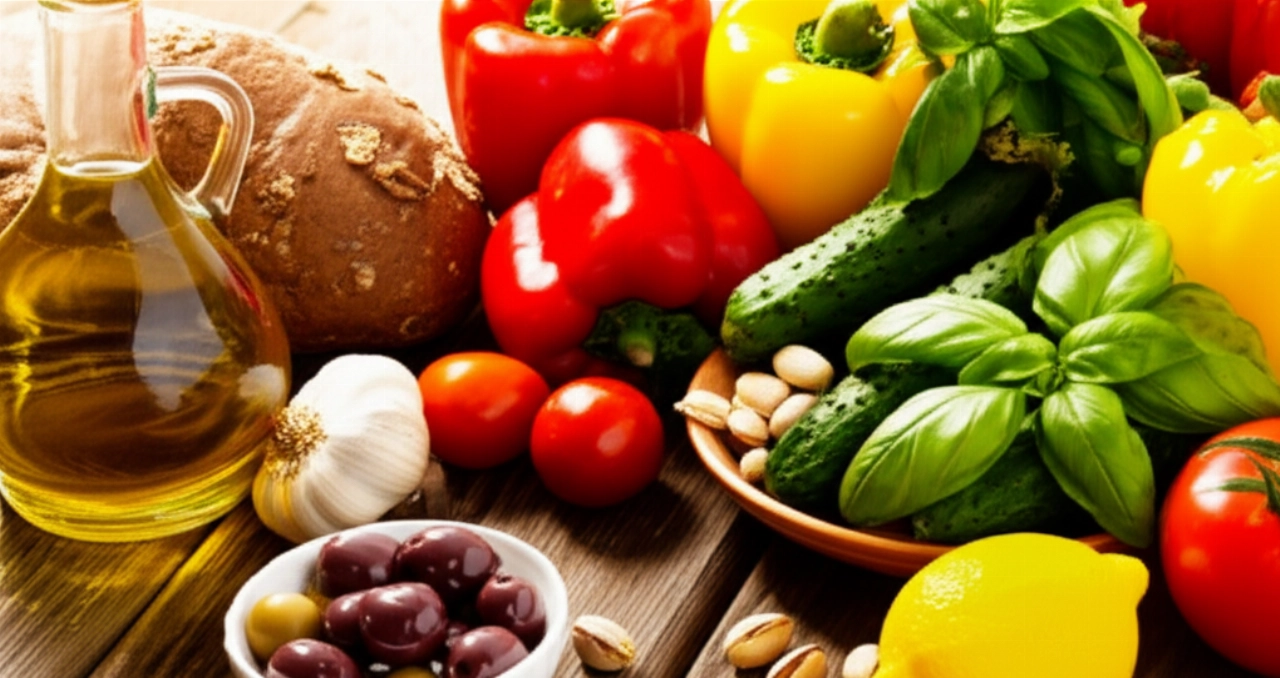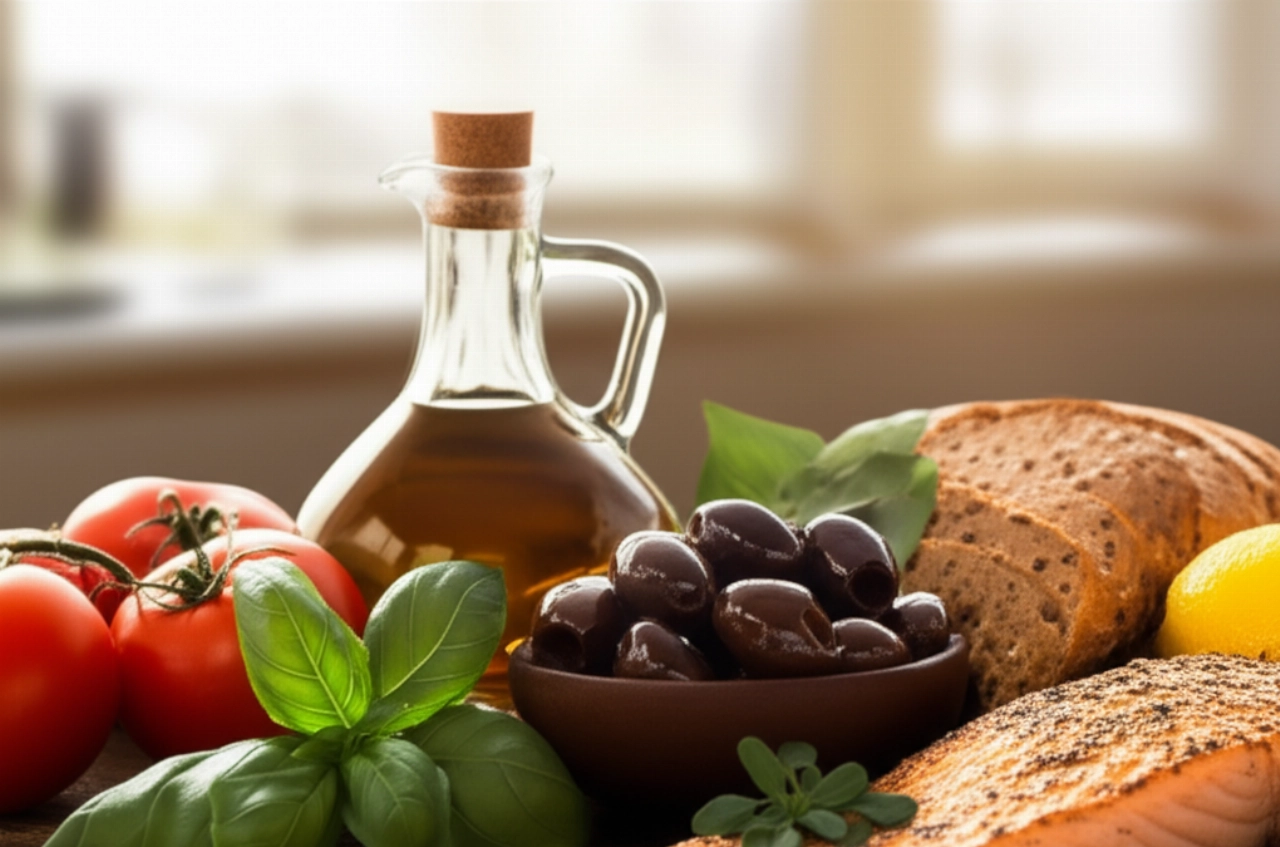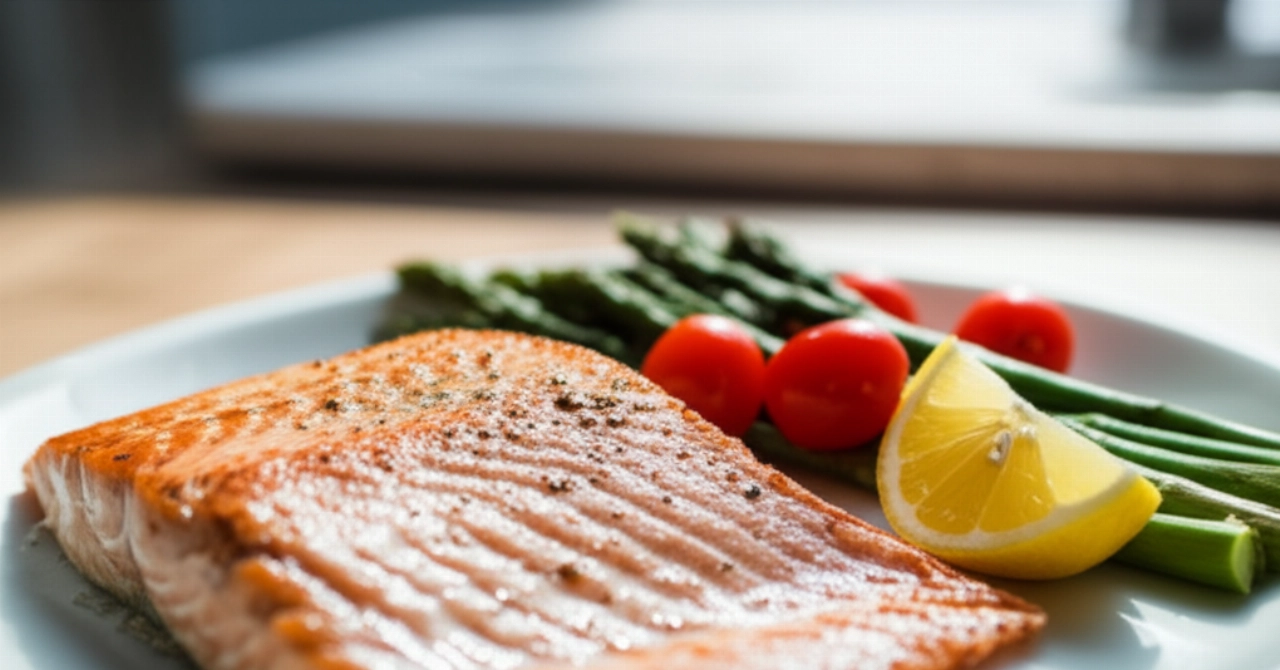Feeling overwhelmed by the diet jungle? Every day a new guru, a new piece of advice, a new list of "miracle" or "forbidden" foods. It's normal to feel confused, frustrated, and, let's face it, a little anxious. Have you heard about the oloproteic diet what to eat, but it seems like a maze of rules and prohibitions? Perhaps you've tried diets in the past, lost a few pounds, only to regain them with interest, feeling defeated and hopeless.
The good news is, you're in the right place. Here at Dietasnella.it, our mission isn't to give you yet another "copy-paste" diet, but to transform the complexity of nutrition into a clear, sustainable, and flavorful journey. We'll guide you step by step, dispelling every doubt about the oloproteic diet and showing you how it can be a powerful tool for your well-being, if used intelligently and under the right guidance. Forget the fear of hunger and deprivation: we'll show you how to lose weight feeling energetic and satisfied.
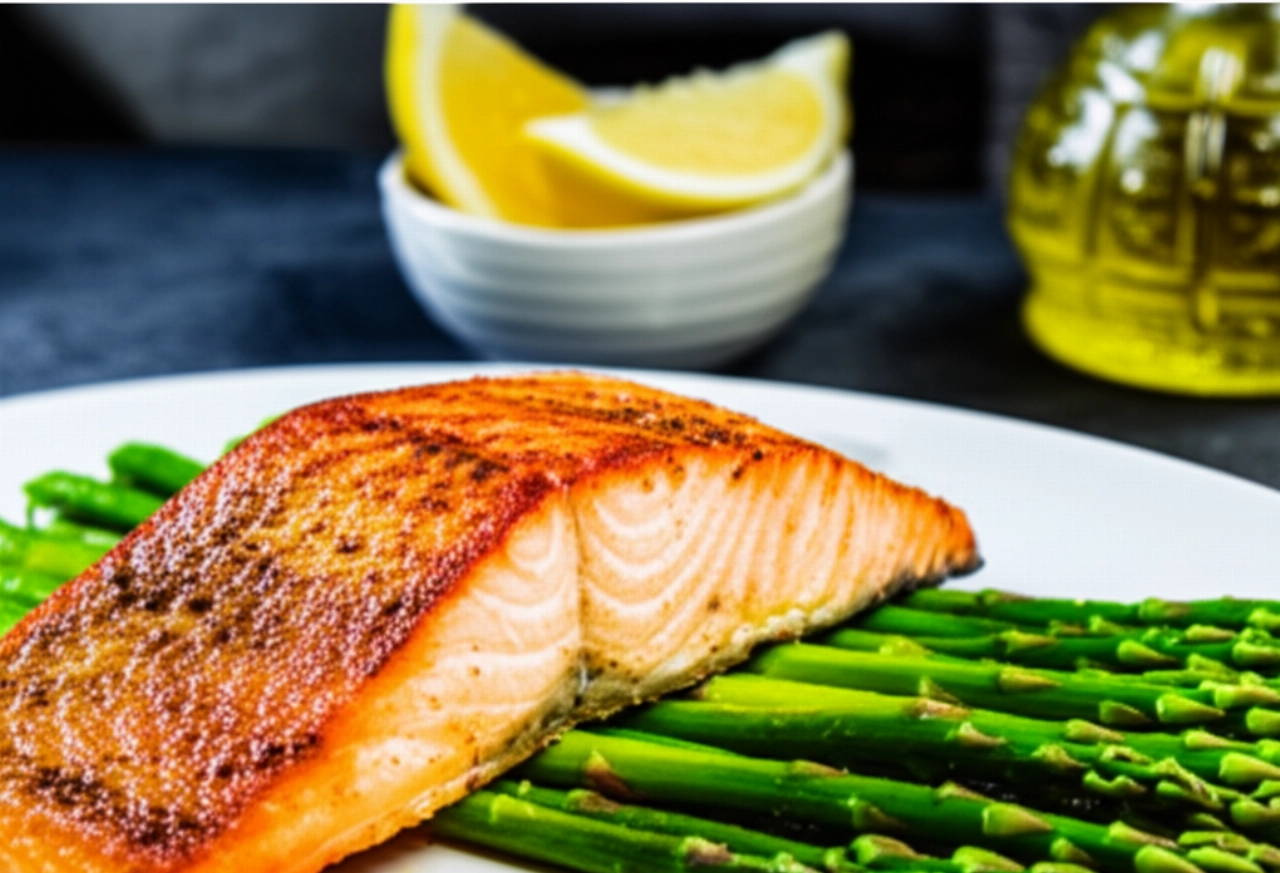
Oloproteic Diet: It's Not Just 'Proteins'. Here's the Truth Nobody Tells You
When you hear "oloproteic diet," the first thing that probably comes to mind is "just meat and eggs," right? This is one of the biggest misunderstandings and one of the reasons why many people fail or get scared. The truth is that the oloproteic diet is a strategic nutritional approach, based on precise scientific principles, that goes far beyond the simple intake of proteins.
Its main goal is to promote a targeted caloric deficit, while maintaining lean mass (your muscles) and stimulating your metabolism. How? By providing a high intake of high-quality proteins, which have great satiating power and require more energy to digest. This helps reduce appetite and burn more calories, without that annoying feeling of hunger that makes you give up everything.
But beware: it's not a "do-it-yourself" diet. An excess of protein without the right balance of other macronutrients (carbohydrates and healthy fats) and micronutrients can lead to imbalances and not be sustainable in the long term. The true strength of the oloproteic diet, when well-structured, lies in its ability to optimize body composition, not just make you lose weight on the scale. It's an approach that, if personalized, can transform your metabolic well-being and your daily energy.

Oloproteic Diet What to Eat: Your Complete Guide to Allowed and Forbidden Foods
Now that we've clarified the "why," let's move on to the "what." Understanding which foods to prioritize and which to limit is crucial for correctly following an oloproteic diet and achieving desired results safely. It's not a list of punitive prohibitions, but a guide to making food choices that support your weight loss and well-being goals.
Star Foods: What to Put on Your Plate for Your Oloproteic Diet
The core of the oloproteic diet is lean, high-quality protein sources. These foods will help you feel full, maintain muscle mass, and support your metabolism.
- Lean Meat: Chicken breast, turkey breast, lean cuts of beef (e.g., tenderloin, top round), rabbit. They are rich in protein and low in saturated fats.
- Fish: Salmon, cod, tuna in water, mackerel, sea bream, sea bass. Fish is an excellent source of protein and, for some varieties, also of healthy fats (Omega-3).
- Eggs: A complete and versatile food, rich in protein and essential nutrients.
- Low-Fat Dairy: Light ricotta, cottage cheese, fat-free Greek yogurt. They offer protein and calcium with few fats and carbohydrates.
- Legumes (in moderation): Lentils, chickpeas, beans. Although they contain carbohydrates, they are also a good source of plant-based protein and fiber. The quantity should be calibrated according to the diet phase.
- Non-Starchy Vegetables: Spinach, broccoli, cauliflower, zucchini, cucumbers, lettuce, asparagus, mushrooms. Rich in fiber, vitamins, and minerals, with very few calories and carbohydrates. They can be consumed in abundance.
- Healthy Fats (in small quantities): Extra virgin olive oil, avocado, nuts (walnuts, almonds). Essential for hormonal health and vitamin absorption, but to be used sparingly given their high caloric density.
Beware of False Friends: What to Limit or Absolutely Avoid
To maximize the benefits of the oloproteic diet and promote fat loss, it is crucial to reduce or eliminate foods that can hinder this process.
- Grains and Derivatives: Bread, pasta, rice, potatoes, corn, oats. They are rich in carbohydrates and can slow down the ketosis process (if the diet is very restrictive) or simply increase caloric intake.
- Added Sugars: Sweets, sugary drinks, packaged fruit juices, candies. These are "empty" calories that promote fat accumulation.
- Fruit (initially): Although healthy, much fruit is rich in sugars (fructose). In the initial phases, it is often limited and then gradually reintroduced.
- Processed Foods: Packaged snacks, ready meals, processed meats rich in fats and additives. They often contain hidden sugars, trans fats, and excess sodium.
- Alcohol: Rich in calories and can slow down fat metabolism.
Understanding this distinction is not just a matter of "what to eat," but how each food affects your body and your goals. It's the key to transforming your diet into a powerful tool for your ideal weight and vitality.
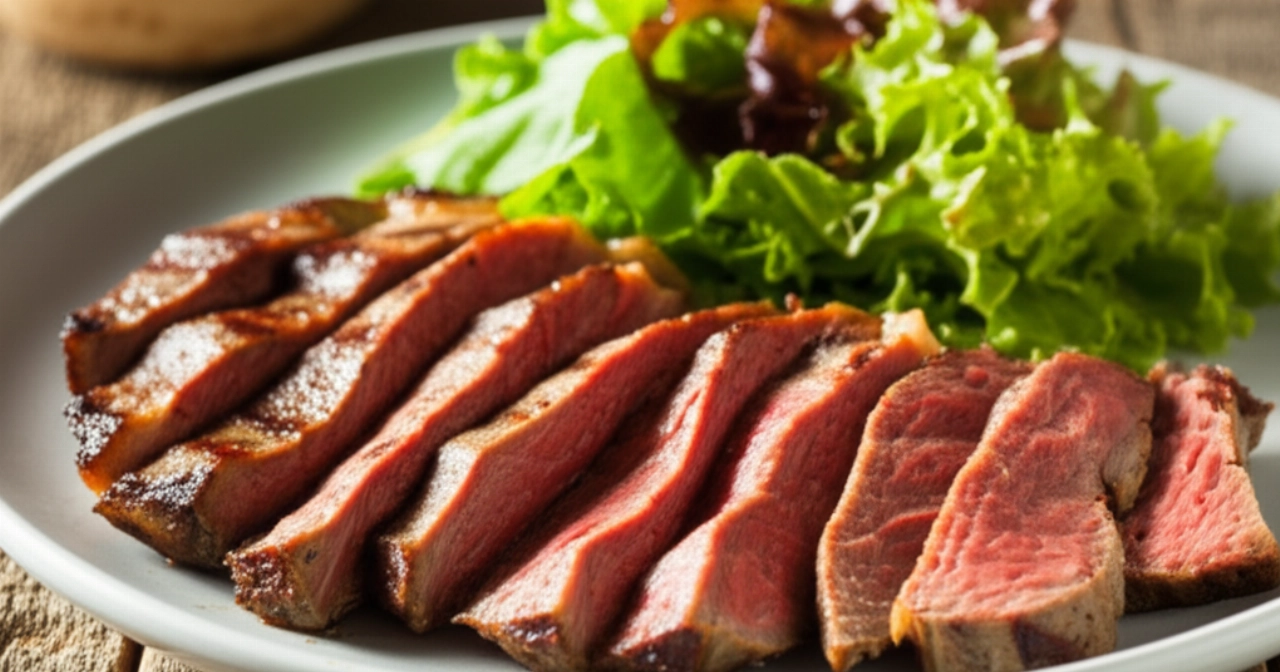
Beyond the Plate: How the Oloproteic Diet Transforms Your Energy and Confidence
When you think of dieting, the first thing that comes to mind is the scale, right? But true success isn't just measured in pounds lost. It's measured in how you feel, the energy you have every day, and the confidence you regain in your body. The oloproteic diet, if well-planned, can be a catalyst for this transformation, going far beyond simple weight loss.
Many of our clients come to us with the fear of hunger and deprivation. They've tried diets that left them weak, irritable, and with an intense craving to "cheat." With a personalized oloproteic approach, the story changes. Proteins, in fact, have incredible satiating power. This means you can eat enough to feel full and satisfied, without that constant feeling of a "hole in your stomach."
I remember one of our clients, Marco, who was terrified at the thought of giving up pasta and his favorite dishes. With a well-structured oloproteic plan, he discovered new flavors, learned to cook delicious meals, and, most importantly, lost 8kg feeling more energetic than ever. Not only did he reach his weight goal, but he also improved his sleep quality and concentration at work. His body confidence returned to levels he hadn't experienced in years. This is E-E-A-T in action: not just theory, but real and tangible results.
When your body receives the right nutrients, particularly essential amino acids from proteins, it feels deeply nourished. This translates into greater energy, improved mood, and a general feeling of well-being that accompanies you throughout the day. It's no longer about "being on a diet," but about adopting a lifestyle that makes you feel your best.
DIY Oloproteic Diet? Why a Personalized Journey is Your True Solution
After reading this far, you might feel more confident about the oloproteic diet what to eat. But beware: the temptation to apply this information independently is strong, and often this is where the traps of past failures lie.
How many times have you searched for a "miracle diet" online, followed generic advice, and ended up with the yo-yo effect, more frustrated than before? The oloproteic diet, if not correctly balanced, can lead to nutritional deficiencies, chronic fatigue, and, paradoxically, a long-term slowdown of metabolism. It's not just a list of allowed and forbidden foods, but an orchestra of nutrients that must work in harmony for your body, considering your unique needs, lifestyle, and specific goals.
This is why the difference between a "diet" and a "tailored journey" is immense. The philosophy of Dietasnella.it is based precisely on this: offering you personalized nutrition that takes into account who you are, your history, your preferences, and your daily challenges. We don't give you a pre-packaged plan, but we build with you an eating strategy that is sustainable, effective, and leads to lasting results, without stress and without the fear of the scale.
We are your trusted nutritional coaches, ready to guide you through complexity, provide you with practical tools, and celebrate every one of your successes. Our approach is scientific, yet always empathetic, because we know that behind every weight goal there is a person with their hopes and difficulties.
Frequently Asked Questions about oloproteic diet what to eat
1. Is the oloproteic diet very restrictive?
It depends on how it is structured. A well-balanced oloproteic approach, like the one we offer at Dietasnella.it, is not excessively restrictive. It focuses on nutritious and satiating foods, allowing you to explore new recipes and flavors. The goal is to make you feel satisfied, not deprived.
2. How long can one follow an oloproteic diet?
The ideal duration of an oloproteic diet varies from person to person and depends on specific goals. Generally, it is followed for limited periods (e.g., a few weeks) and then transitions to a maintenance phase with a gradual reintroduction of other foods. Expert supervision is crucial to ensure long-term safety and effectiveness.
3. Do you feel hungry following this type of diet?
Thanks to the high protein intake, which has strong satiating power, the feeling of hunger is significantly reduced compared to other low-calorie diets. Proteins help stabilize blood sugar levels and maintain satiety for longer periods, making the journey more comfortable.
4. Do I need to completely eliminate carbohydrates?
Not necessarily. In a "pure" oloproteic diet or in the initial phases, carbohydrate intake is very low to promote ketosis. However, in a more flexible and sustainable approach, small amounts of complex carbohydrates (e.g., from non-starchy vegetables and some legumes) can be included to ensure adequate fiber and micronutrient intake. Personalization is key.
5. Is the oloproteic diet suitable for everyone?
No, it is not suitable for everyone. There are medical conditions (e.g., kidney problems, liver problems, uncontrolled diabetes) or life stages (e.g., pregnancy, breastfeeding) where an oloproteic diet is contraindicated or requires careful medical evaluation. For this reason, it is crucial to rely on qualified professionals who can assess your suitability and personalize the plan.
You've taken an important step to understand the oloproteic diet what to eat and how it can be a powerful tool for your well-being. You've seen that it's not a magic solution, but a scientific journey that requires clarity, safety, and, above all, a personalized approach.
Perhaps you think it's too complex to manage on your own, or that you won't have time to dedicate to it. Or worse, that you'll fail again, as in the past. We understand. But the truth is, you don't have to do it all alone. The confusion and frustration can end here.
Stop feeling frustrated and confused. Your body deserves a clear path that leads to real and lasting results. The first step isn't a restrictive diet, but understanding your needs to create a tailored plan for you. It's free, no obligation, and will give you the map to reach your goal. Click here, tell us about yourself, and discover how you can finally reach your ideal weight feeling great. Start transforming your relationship with food now.

